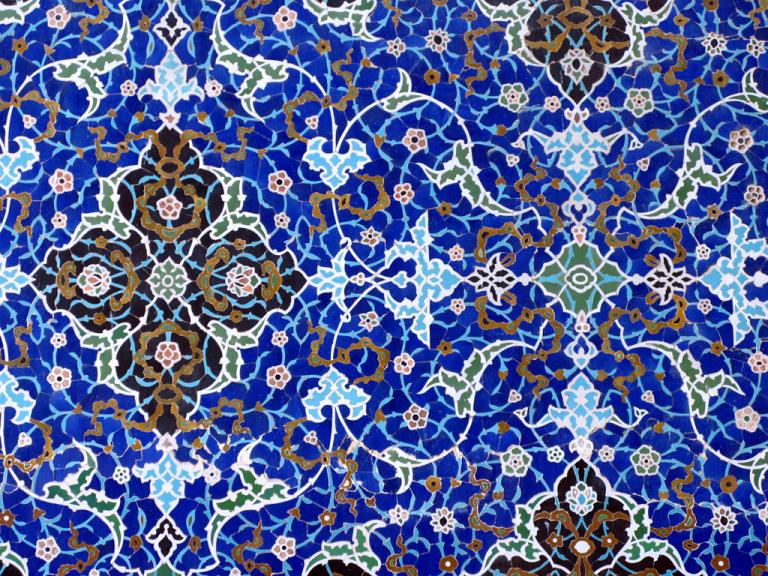
(Wikimedia Commons public domain image)
Some notes that I threw together a number of years ago. I can’t recall whether I’ve shared them here before. If I have, please forgive me.
Similarities
Both religions worship the same deity. Allah is related to the word Elohim. Allah is simply the Arabic word for “God,” and is the term used in the Christian Arabic Bible as well as the Arabic Book of Mormon and other Latter-day Saint materials. [Incidentally, because it is in the Qur’an and because Arabic is the sacred language of Islam, Persians or Iranians sometimes use the Arabic Allah, but they typically use the Persian word Khuda—which is related to the English word God.]
In both faiths, God intervenes or acts in history. In fact, his primary self-revelation comes in his interactions with prophets and peoples over the course of history. (As opposed to, say, Buddhism, where religious truths are sought in the mind, through meditation initiated by the person himself, and history is relatively unimportant.)
Mormonism and Islam share substantial history. Both recognize God’s creation of the earth, and, thereafter, a line of prophets commencing with Adam and running forward through Noah, Abraham, Moses, David, and Jesus.
Although doctrine is certainly important in the two faiths, Islam and Mormonism have both tended to focus, as Judaism also does, on history rather than on theology (in the sense that mainstream Christians do theology). It is in history that the claims of the two faiths stand or fall. And both Mormonism and Islam, like Judaism, have tended to define whether one is a “good” follower of the faith by asking questions about behavior and practice—personal “history,” in a sense.
Both Islam and Mormonism are focused on scripture (much more so than Buddhism and Hinduism)—again, much like Judaism and mainstream (especially Protestant) Christianity.
Both faiths place a high priority on evangelizing non-adherents.
Both Mormonism and Islam see themselves as working to build societies that will embody their beliefs more fully. Just as Latter-day Saints speak of building “Zion” and of the eventual coming of the New Jerusalem and the Millennium, and look back to the city of Enoch, Muslims are exhorted to “command good and forbid evil” and to seek to put the shari‘a, Islamic law, into effect. The inner circle of the Prophet Muhammad is the ideal age to which they look back. This is to say that purely private, purely individual, practice of the religion, without regard to building a better society or interacting with other people, is seen as defective. “There is,” the Prophet Muhammad is reported to have said, “no monasticism in Islam.”
To be continued.












